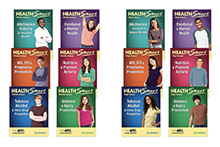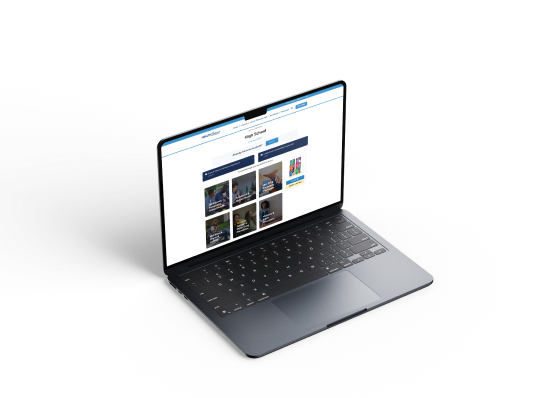For Students
The health class can be a place where students’ real-world concerns can be addressed with practical knowledge and skills they can apply to their own lives.
How does HealthSmart support and motivate students?
HealthSmart includes many student-centered activities and questions that allow students to apply the content and skills to their lives. One of the key characteristics of effective health education curricula identified by the CDC is that these programs “use strategies designed to personalize information and engage students.” Students build a personal value for health as they explore their attitudes and beliefs about different aspects of health and examine the potential outcomes of health choices. The curriculum also focuses on shaping healthy peer norms, so that students feel supported in healthy choices by the expectations and examples of peers and family members.
How does the HealthSmart curriculum personalize student learning?
In an ideal HealthSmart learning environment, students feel empowered to participate and contribute as they learn concepts and practice skills that will lead to healthy behavior choices. Lessons encourage discussion and student input. The educator guides students in first exploring attitudes, beliefs, norms, and/or the relevance of a particular health topic to their lives. Knowledge-based lessons present information through interactive discussion and frequent small-group work, while skills-based lessons involve explanation and modeling by the educator followed by hands-on practice through roleplays, small-group work and student projects.


